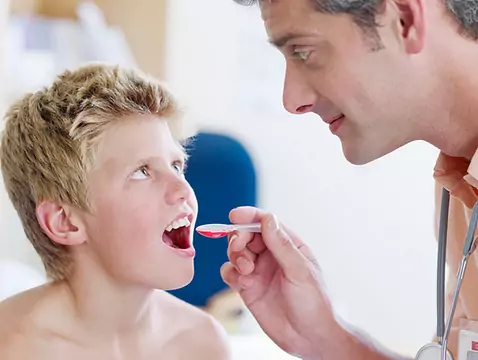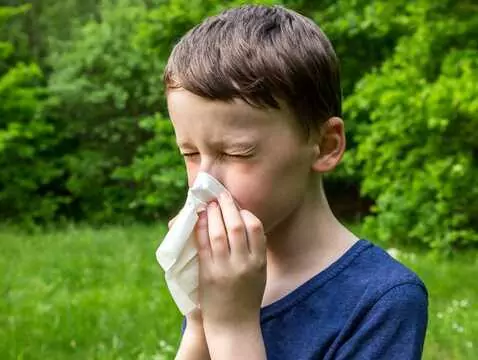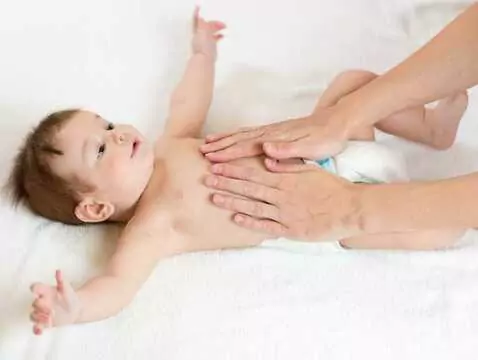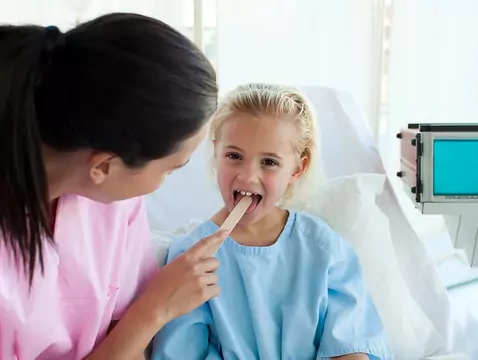The diagnosis of diabetes itself in children is usually not very difficult, but the treatment of the disease in the youngest patients is much more challenging. Problems can arise, for example, from the periodic need to modify insulin dosage. Researchers from theUniversity of Michigan Medical School analysed the effects of treating diabetes in children with an insulin pump - and the results were extremely good.
Ad:









